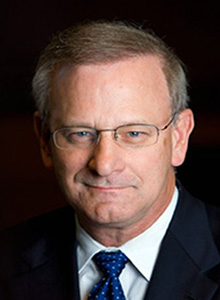
Thomas M. Hoenig
- President, Federal Reserve Bank of Kansas City, 1991 – 2011
Thomas Hoenig, who served as president of the Federal Reserve Bank of Kansas City from 1991 to 2011, was the first president to rise through the ranks of the organization. He became well known for his views on the "too big to fail" issue and his dissenting votes on the Federal Open Market Committee in 2010.
Hoenig, the second of seven siblings, was born in Fort Madison, Iowa. The son of a plumbing contractor, he left Iowa in the mid-1960s to attend what was then called St. Benedict's College in Atchison, Kansas, earning a bachelor's degree in economics and mathematics from the school, which was later renamed Benedictine College. Plans for graduate school were delayed by the draft for the Vietnam War.
Once back in the states, Hoenig moved to Ames, Iowa, where he pursued a master's degree, and later a doctorate, from Iowa State University.
While visiting Kansas City in 1971, Hoenig saw a newspaper article about how the Kansas City Fed had created the Division of Bank Supervision and Structure that would conduct financial and competitive analysis on bank mergers.
Two years later, Hoenig applied for a job in the Division, and he took the position in part because of his familiarity with the area but also because it was a unique opportunity that perfectly matched his interests.
When agricultural and energy-related real estate values soared in the 1970s and 1980s, Hoenig, who was promoted to assistant vice president in 1979 and vice president in 1981, was working in supervision during one of the most tumultuous periods of the region's financial history: the banking crisis of the 1980s. When real estate values tumbled in the collapse of a speculative bubble, Hoenig was heavily involved with cleaning up the resulting aftermath—a process that saw 350 banks in the Tenth Federal Reserve District either close or receive assistance.
Hoenig was promoted to senior vice president of Bank Supervision and Structure in 1986, and on August 13, 1991, the Bank announced Hoenig had been selected from a field of hundreds of applicants to succeed the retiring Roger Guffey as president. His first day on the job, October 1, 1991, he attended a meeting of the Federal Reserve's monetary-policy-setting Federal Open Market Committee.
Under Hoenig's leadership, the Bank engaged in one of the most significant projects in its nearly century-long history: the construction of a new headquarters building at 1 Memorial Drive. The 600,000-square-foot building was built on a prominent Kansas City hillside that, in recent years, had become something of a city eyesore as the site of the vacant St. Mary's Hospital. The building opened in 2008.
In the aftermath of the 2007 recession, Hoenig was thrust upon a national stage as he spoke out frequently about the financial crisis and its causes, as well as the response to the crisis in terms of both regulatory changes and monetary policy. He cast the lone dissenting vote against the FOMC's easy money policies at each of the eight FOMC meetings in 2010 and was troubled by the FOMC's stated promise of keeping the federal fund rates at a historic low for "an extended period."
He also spoke out frequently about the large and systemically critical financial firms known as"too big to fail," whose carelessness and mismanagement, he said, were a major cause of the crisis.
Following his retirement from the Bank in 2011, Hoenig, an Independent, was nominated by President Barack Obama and confirmed by the Senate as the Republican's selection to serve as vice chairman of the bi-partisan board of the Federal Deposit Insurance Corporation.
Written by the Federal Reserve Bank of Kansas City. See disclaimer and update policy.

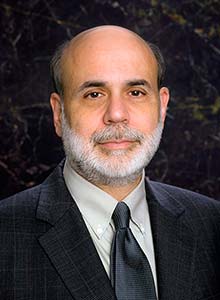
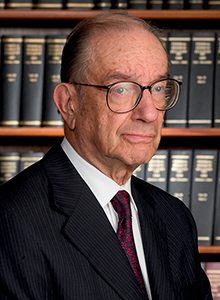
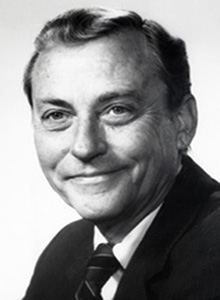
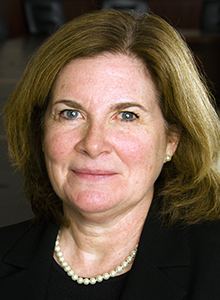
 X
X  facebook
facebook
 email
email